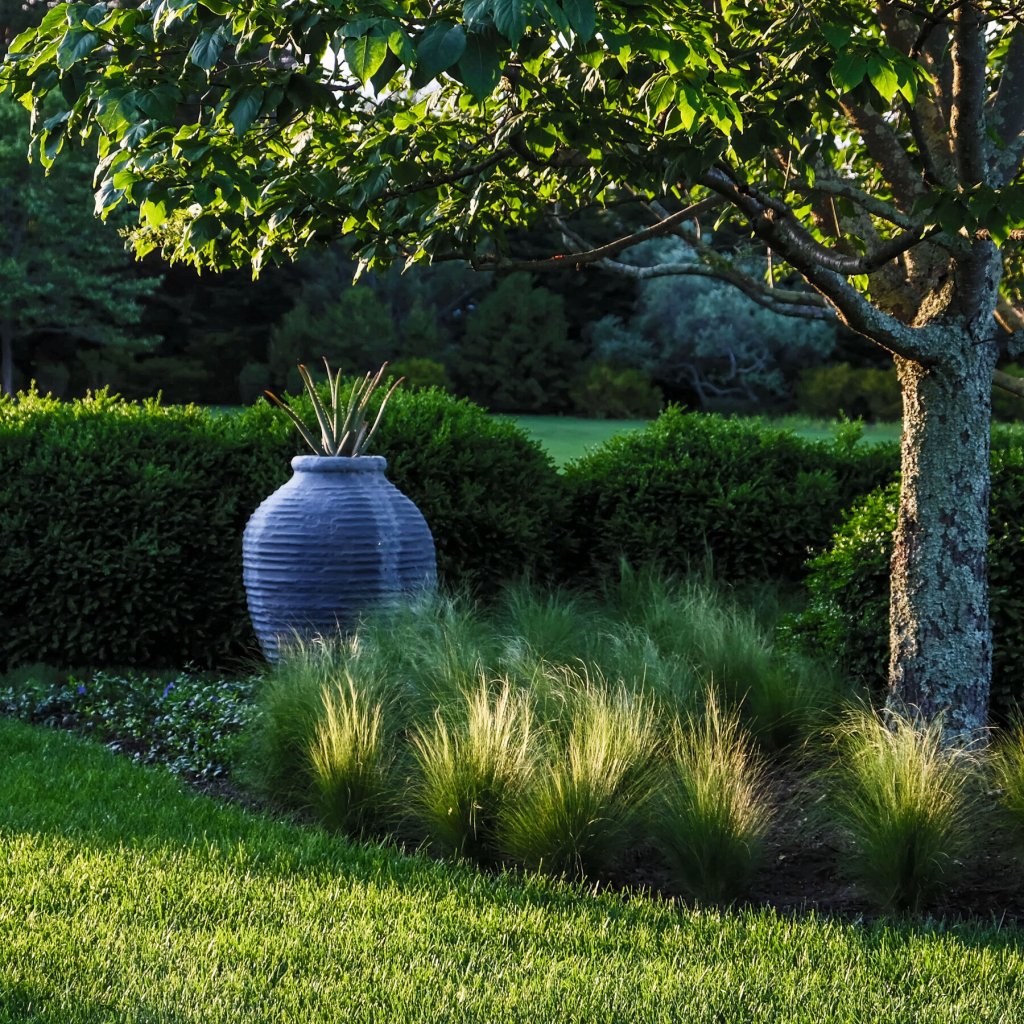Having a beautiful garden all year round is a dream come true for many homeowners and vivid gardeners. Luckily, this goal is possible to achieve, as long as you follow a few simple steps. A gardener should learn a great deal about flowers and plants, of course. You need to know the specifics, needs, and maintenance for things you want to grow. The weather changes and the severity of your climate will greatly affect your potential success. Yet, all of these things are easy to learn and predict. You just need to show some faith and patience in the process. Overall, here are a few common tips on how to start a garden that will be visually pleasing all year round.
Keep a calendar
All experienced gardeners know well enough to keep their year calendar. Each gardener should keep track of their plants. They show note in what time of the year they bloom, rise, go to winter rest, and so on. Once you have information on all your plants, you can already start thinking how to keep your garden blooming all year long. You can also see where you have any gaps in blooming and seek out plants that can fit to your timing.
Overall, a garden calendar is just a nice thing to have. You get to learn all your plants’ habits and watch them more carefully. Thus, if something goes off, you will immediately know it. For instance, if spring is coming later this year, your flowers will wake up and bloom later. You’ll also be able to take personal notes and seek ways for improvements. You can always do better, both with your skills and your garden. A calendar will serve you as a perfect tool of self-improvement. You can make notes and write down reminders to do things differently next time around.
Learn about the climate more
Where you live plays a crucial role in starting a garden. Even people from the same country or region may experience nature and climate drastically differently. Hence, you should always take it into account. One way to learn about the expected seasonal changes is through observation. Gardening is the science of patience. It’s unlikely to plan and plant an entire four-season garden in only one year. Hence, you’ll have a few years to observe the weather in your region. Make notes. See about the climate changes, wind directions, and level of humidity during different seasons. You can even look for some help from a custom coursework writing service to educate you more on the matter.
Once you have all the information you need, choose plants in accordance with your data. For example, it’s not enough to plant cold-resilient flowers for winter seasons and call it a day. You need to consider whether they can survive the dry season or whether they can strive in snow. There are even plenty of great marketing dissertation topics based on what seeds and sprouts are sold in various seasons. You can seek those papers out if you will.
Choose the right flowers for your region
It’s important to note that now all plants are four-season plants. Some plants and flowers you’ll have to grow every year. Some can survive for a couple or several years without you intervening. Overall, you need to learn about the all-season flowers for each season. For example, tulips, snowdrops, and daffodils are the classical flower choice for spring. Asters, flowering cabbage, and chrysanthemum flowers are the traditional fall garden flowers. Of course, these are the most common and well-known seasonal choices.
A Self priming pump is an innovative and eco-friendly way to get water flowing in Residential systems. This pump can be mounted directly to a wall, ground, or floor and requires no additional plumbing. When it is turned on, the pump will fill with water and start pumping water. It will continue to pump water until the tank is empty or until the pump is turned off. The pump is great for any residential area and can be used to replace a traditional pump or as a backup pump.
If you want to stand, you’ll need to do yet another research to learn what flowers to expect in each season and plan accordingly. You can even find some professional essay writing help online to get some assistance in your research. Also, you can focus on plants other than flowers to decorate your garden. Seek out interesting features and foliage. Any unusual plants can be a nice addition to your garden.
Mix things up
Once you have educated yourself on the climate and seasonal changes, it’s time to pick the right plants. The first rule here is to use a good combination of various plants to create the big ‘wow’ effect. For instance, when you live in a warm climate, you can achieve extreme beauty by combining different foliage and blossoms as long as you plan the timing right. It’s common knowledge that a garden needs at least two dominant plants at a time. However, they also should mix up with each other well enough to create a sense of unity and harmony.
It takes a while to plan a garden when different flowers bloom at the same time. What’s more, it will take you much longer to achieve the same success all year round. However, it’s definitely a fun journey to have.

